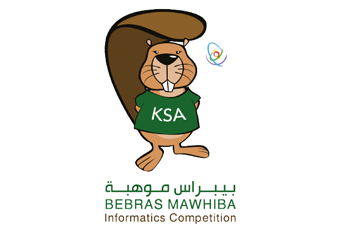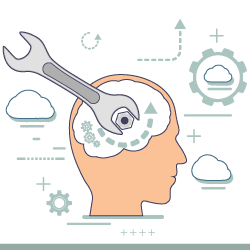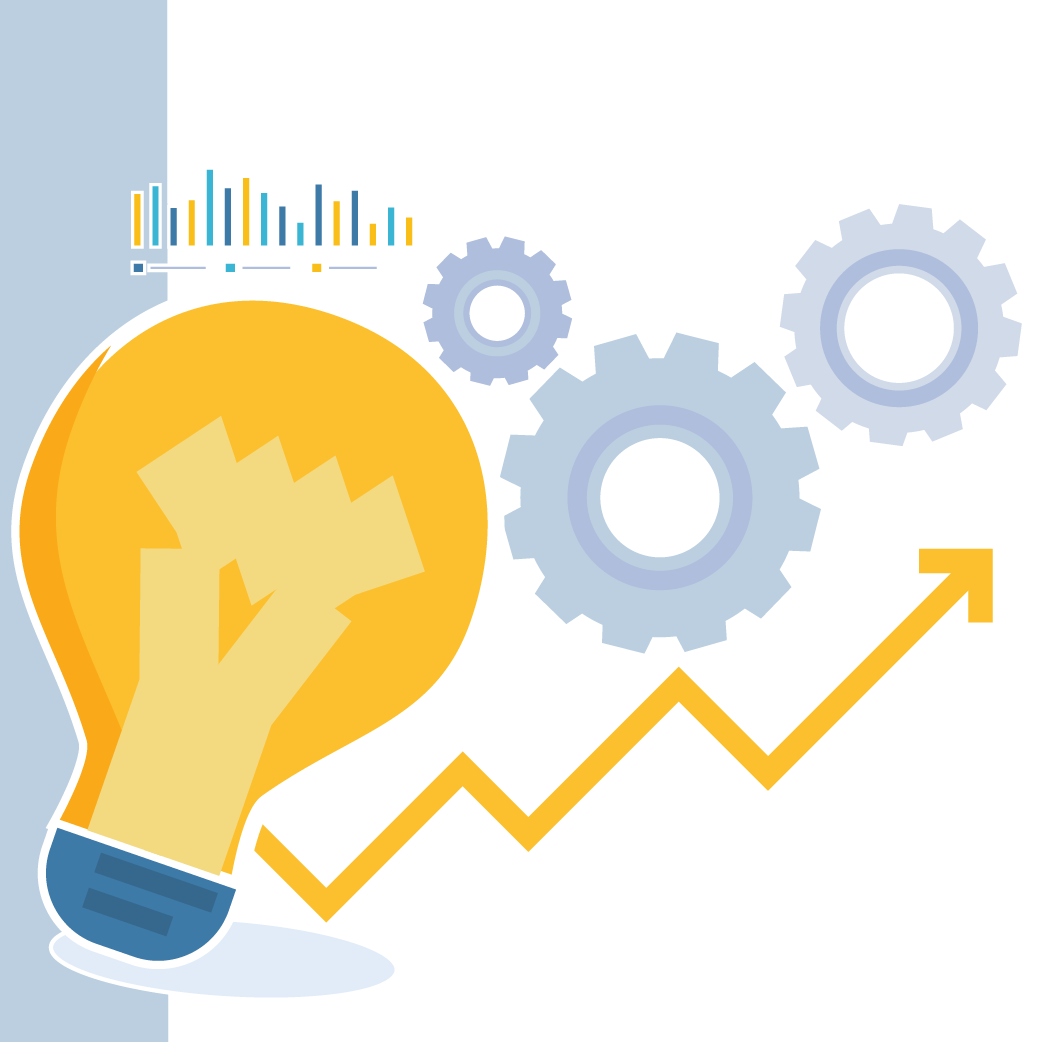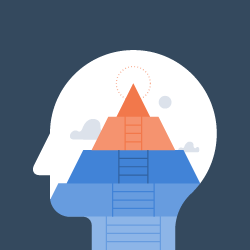How do I protect my invention? Why can't I start marketing my drug after obtaining a patent?
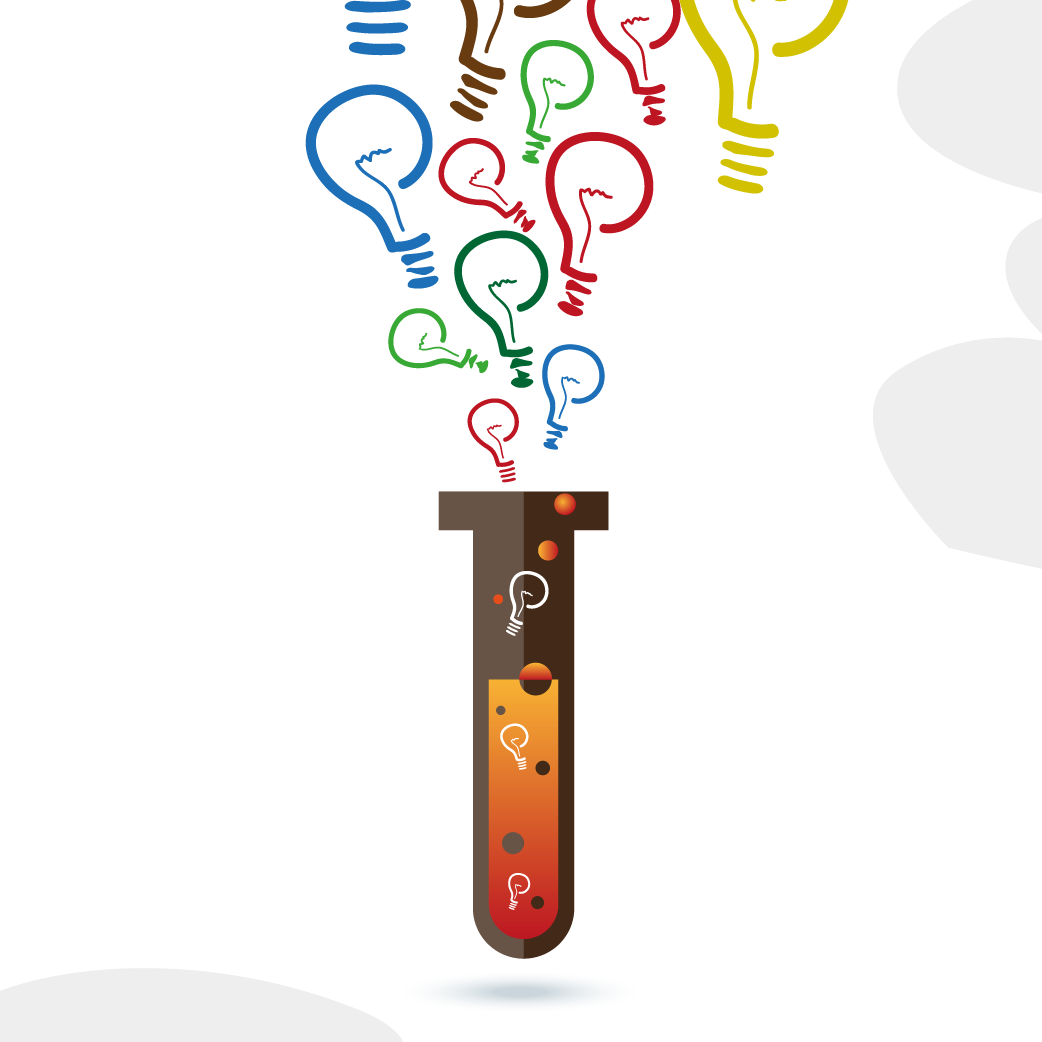
Eng. Abdullah Ibrahim Al-Khatib - Head of Chemical Engineering Department
Creativity
14
How do I protect my invention? Why can't I start marketing my drug after obtaining a patent?
This was one of the inquiries I receive daily from creative inventors in our beloved country, which required me to seriously consider writing an article that would help understand pharmaceutical inventions, how they are protected, what is a drug that can be protected under patent law, and how drugs are currently manufactured through global practices.
What is the medicine:
It is any pharmaceutical compound used to diagnose or treat a disease, alleviate certain symptoms, or be able to prevent a disease.
The pharmaceutical industry goes through several stages before the medicine is marketed, and every medicine must obtain recognition from a government agency in the country in which the medicine is to be marketed. This is known as “registering the medicine with the government agency.” Here in our beloved Kingdom, the agency responsible for registering medicines is the “Food and Drug Authority.”
Every medicine or drug discovered by innovators, is first applied to the Patent Office to obtain a patent, in order to monopolize the medicine and prevent others from producing it. After that, the application is submitted to the Food and Drug Administration to register the medicine, and obtain the state’s approval for the medicine to enter the market and market it, after ensuring the safety of the medicine and its effectiveness in treating a disease.
Phase 1: Drug Discovery
At this stage, the inventor is required to be familiar with various sciences to discover a medicine for a specific disease, including pharmacokinetics, chemistry in its various forms, physics, microbiology (germs, bacteria and viruses), botany, statistics and other sciences that require the discovery of a medicine. Let us take an example of a well-known medicine for treating burns in the past, which is the aloe vera plant. Studies have proven the effectiveness of the aloe vera plant in treating burns, so it is not possible to obtain a patent for a burn treatment consisting of the aloe vera plant in addition to beeswax, because both of them have been known in the past for their ability to treat burns. Also, the aloe vera plant and beeswax contain enzymes and compounds that are responsible for treating burns, and this is what is known as the active compounds in the treatment. To invent a new treatment for burns with the same ingredients, it is necessary to extract the active compounds in the aloe vera plant and beeswax.
There are pictures of inventing medicine and turning it into patents, including the following pictures:
First image: Discovery of a new drug
This type requires research and investigation of the disease to determine the required medicine, or an analytical study of a virus to determine the required vaccine to eliminate it. For example, an analytical study is currently being conducted on the new Corona virus ( Covid19 ).) with the aim of producing a suitable vaccine for this virus. Examples include analytical studies on cancer or diabetes, all of which attempt to discover a new drug for these diseases. It is worth noting that discovering a new drug for these incurable or curable diseases is one of the inventions that has a very high economic return, in addition to its scientific value.
Second image: Inventing a new industrial method to produce an existing drug
In this type, innovators introduce a new, previously unknown industrial method to produce a previously discovered drug. In this case, innovators try to protect the manufacturing method, not the drug, because it has already been protected by previous innovators. International laws here require the innovator of the new manufacturing method that the drug is not protected by a patent in order to be allowed to use the manufacturing method he invented and monopolize that new method with a patent. However, if the drug is still protected, the innovator of the new manufacturing method is not entitled to use the new manufacturing method until the protection of the produced drug expires.
Image 3: Inventing a pre-existing drug with new ingredients
In this method, a previously known drug is created, but with components that differ from the previous drug, so that it has the effectiveness of the original drug. This is known as generic drugs. Reverse engineering is used to find out the components of the original drug, then imitate it with new components that differ from the components of the original drug. In this type, the creator of the generic drug has the right to enjoy the protection of his new drug, even if the original drug still enjoys protection.
Figure 4: New application of known industrial methods to produce a previously known drug.
Here, an existing pharmaceutical product is produced using an existing industrial method , but the invention focuses on using those known means - without modification - to obtain a pharmaceutical product different from that produced by the same method, such that the invention includes novelty in the method and work, and an example of that is: the medicine used to kill microbes in order to improve animal production .
However, the patent does not prevent others from using the same means to produce a new product, but it does prevent others from using that means for the same purpose, as well as preventing access to the same product, even if this is done through the use of new means .
Fifth image: What is known as the invention of an additional drug
Here, the innovator makes improvements or modifications to an existing pharmaceutical invention, such that these modifications are made by the original inventor or by a third party. Legal protection here applies to the improvement or modification only, unless the modification or improvement cannot be protected independently of the original drug, in which case the pharmaceutical invention and the improvements are protected together, making it as if it were a new drug. In such forms of invention, pharmaceutical companies take advantage of extending the protection period for their drug when the protection period for their product is about to expire. They make improvements or modifications to the pharmaceutical invention in order to have exclusive monopoly rights over the product for a longer period of time.
All of the above five images are images of pharmaceutical patents, which extend protection to 20 years from the date of registration of the patent with the Patent Office. The patent owner has the right to monopolize the drug and prevent others from producing, selling or importing the drug without the permission of the patent owner. Except in exceptional cases deemed by countries, such as the spread of a disease, to drop that monopoly on the treatment drug and allow others to produce the treatment drug for the spreading disease, and this preserves human rights and safety.
After this stage and after preserving the intellectual property rights of the inventor of the drug, comes the stage of registering the innovative drug with a government agency, which is the Food and Drug Administration, which requires that the drug be safe for human use, and also requires that the drug be effective in treating the disease. At this stage, clinical studies of the drug are required, which often take a considerable amount of time to ensure the safety and effectiveness of the drug, and they are as follows:
Phase II: The safety phase of the drug
Here, the drug is tested on animals that are similar in composition to the human body, usually laboratory mice. The goal at this stage is to ensure the safety of the drug if it is tested on humans.
Stage 3: Clinical Stage
In this stage, the drug is tested on a specific number of volunteers (20 to 50), so that the volunteers are either sick or healthy. Clinical trials at this stage aim to know the extent of the drug’s effect on the body, as well as the body’s acceptance of the drug.
Phase IV: Testing the drug on a large number of people
At this stage, the drug is tested on a larger number of people (20 to 300). Here, the way the drug works in the body is studied, and also to ensure the safety of the drug on humans. After this stage, the drug is also tested again on a larger number of people (300 to 3000). The goal of these experiments is to ensure the effectiveness of the drug compared to other drugs.
The fifth stage: It takes place after the drug is registered and enters the market.
At this stage, the drug and its side effects on users of the drug are monitored after a period of use. All the results of clinical trials and the results of the drug's side effects, in addition to the doses and method of using the drug, are found written and printed on the drug data sheet kept in the drug boxes, and are often written in several languages.
Did you benefit from the information provided on this page?
visitors liked this page
